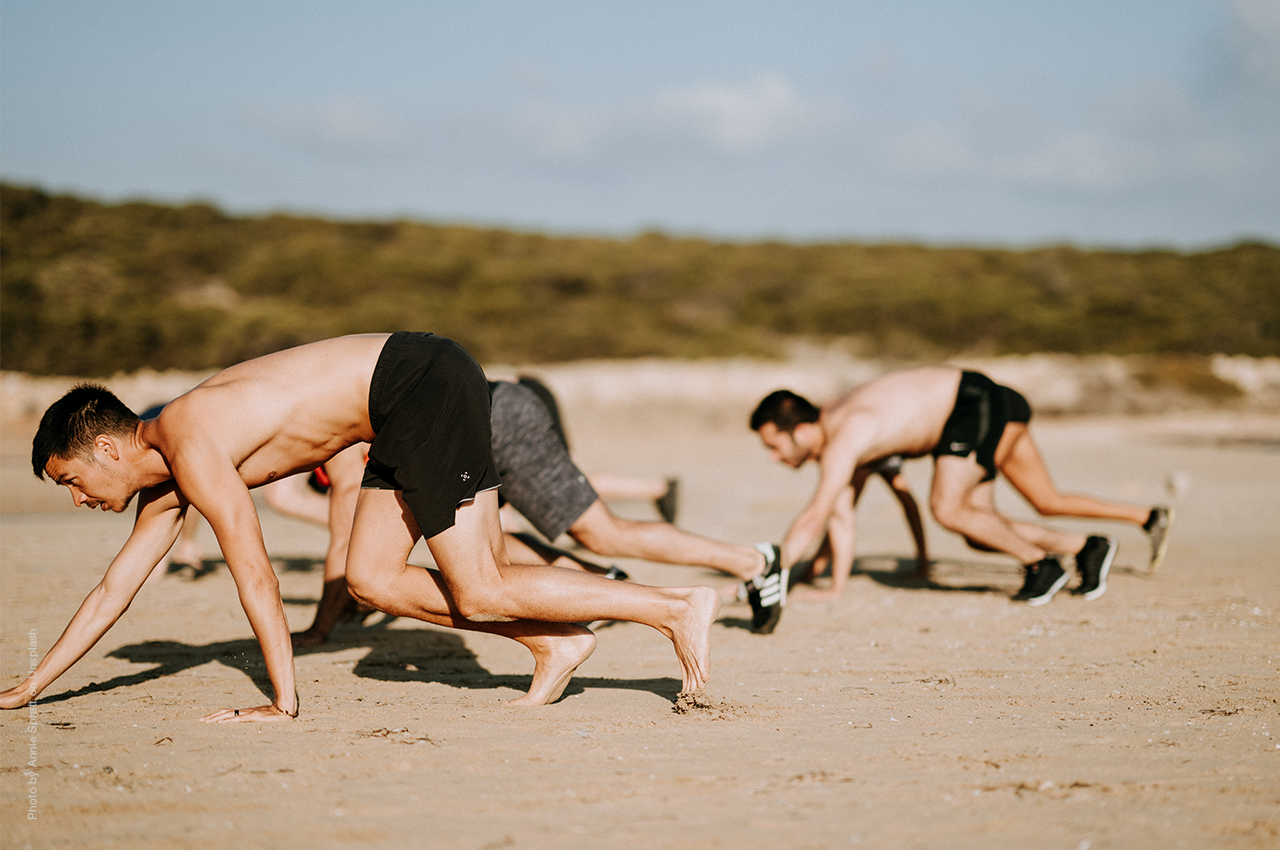One would think that, having mastered the skill of walking as a toddler, you’d never look back. But a strange thing has happened recently: crawling has made a comeback.
Brought to the world’s attention by movements like Original Strength – a fitness system that encourages people to practise the movement we used as children – crawling is making waves.
Amongst children, crawling is an important part of the development process that boosts gross and fine motor skills, balance, hand-eye-coordination and overall strength.
In adults, crawling enthusiasts believe that this basic movement can help restore our “original strength”, ultimately improving mobility, mental focus and even our response to stress.
“It may be one of the best things you can ever do for your bodily health and strength,” writes John Odden, owner and head coach of Empowered Strength in America, who discovered the benefits of crawling years ago.
Moving around on hands and knees as often as possible dramatically improved Odden’s health. When he started crawling regularly, his back pain eased and he started to improve in seemingly unrelated movements like pressing and deadlifts.
“Fast forward three years, I still crawl, rock, roll, head nod, and breathe diaphragmatically daily and so do my gym members, friends and family,” he writes on Originalstrength.net. “I now crawl for 10 minutes continuously without my knees touching the ground, crawl backwards up a hill, and crawl with 100 pounds (45kg) of chains. My back has been pain-free for nearly two years.”
Breaking down the benefits of crawling
Lisa Thomas, a Pilates instructor from Cape Town, uses crawling in her studio as a good weight-bearing exercise for the upper body.
“Many of us use our arms in a very limited way. As a result, it’s very common to see people with weak shoulder girdles and wrists,” she says. “Crawling is a very good exercise for the arms, shoulders, hands and wrists.”
In addition, says Thomas, crawling strengthens the core as well the “slings” – the groups of muscles, fascia and ligaments that work together to connect the ribcage to the pelvis and thighs, creating stability. “These are the same muscles you use when you stand on all fours and move opposite arms and legs. Crawling just activates the core and the slings in a more dynamic way, improving strength.”
Crawling, adds Thomas, also takes the plank (a whole-body exercise that’s particularly effective in strengthening the core muscles) into a more functional realm.
This takes us back to the foundations of movement and a time when we moved in a more primal way. We were meant to run, crawl, climb, duck, dive and swing from trees, explains Thomas. Instead, most of us spend hours each day sitting in front of a computer and slouching on a couch. Crawling is a way to address the postural issues that come from this stationary lifestyle.
Make crawling part of your routine
“If you’re crawling badly, you’re not doing much,” says Thomas. “You need to be able to do four-point kneeling properly first, as you must understand how to distribute your weight. Then, master the art of moving opposite arms and legs without moving the rest of your body. After this, try the same movement while hovering your knees just above the ground.”
Once you’ve mastered the movements with the help of an instructor, you should be ready to start crawling in earnest – and reaping the benefits.
Some pointers
- First start crawling on a soft, even surface (e.g. on a mat in a fitness studio). Later, when you’re stronger, move to more difficult terrain.
- Keep your head up when you crawl. This action will gently strengthen your neck and postural muscles.
- Remember to use your opposite arms and legs when you crawl.
- Make the movement as smooth as possible. “Pretend you’re a cat and you’re hunting something,” says Original Strength instructor, Aleks Salkin.
- Stay as relaxed as possible when you crawl, while still controlling the movement as best as you can.
- Don’t do anything that hurts. If a movement feels painful, ask your instructor for help.
References
- https://www.washingtonpost.com/lifestyle/wellness/crawling-is-the-new-plank-improve-strength-and-mobility-by-moving-like-a-baby/2016/10/13/725451e6-90ba-11e6-a6a3-d50061aa9fae_story.html?utm_term=.fd9691ca6675
- https://originalstrength.net/2017/06/12/crawling-like-a-baby-breaks-records/
- https://ilslearningcorner.com/why-babies-should-never-skip-the-crawling-phase/
- https://breakingmuscle.com/fitness/regain-and-build-your-original-strength-through-crawling
- https://originalstrength.net/2018/09/09/five-crawling-tips/

